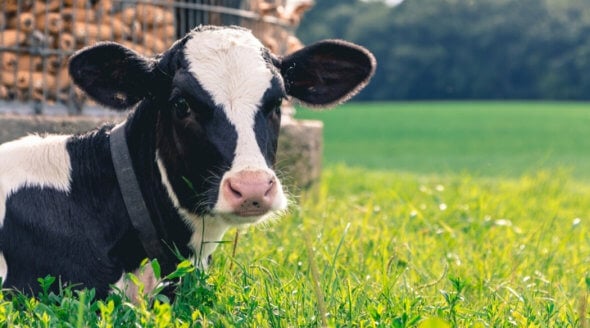All About Animals: The Issues (Ages 16-18): Shooting
An estimated 350,000 grouse are shot every year. The grouse-shooting season runs from August 12th until mid-December. Before this, they live a semi-natural life, breeding and living out on the moors but in a “managed” environment. Up to 35 million pheasants are intensively reared each year in purpose-built hatcheries, cages and pens.
Traditionally, shooting has been seen as a countryman’s sport and is indulged in by royalty. In recent times, shooting syndicates have sprung up to accommodate corporate businessmen and city high flyers heading out to the countryside to get a taste of country living. Campaigners state that thousands of birds are killed for pleasure and their unwanted bodies buried at the end of the day.
Rough shooters may kill game birds, wildfowl, rabbits, hares and pigeons.
 A Shooter Might Say…
A Shooter Might Say…
Shooting is a traditional country sport and forms part of the way of life in the countryside. Shooters are conservationists and many woodlands are maintained and planted solely for shooting purposes. Moors are managed for the same reasons. If the moors weren’t managed for grouse shooting, the heather would be destroyed by overgrazing of livestock.
A healthy quarry population relies on a healthy habitat and if shooting were banned, these habitats would be destroyed and the landscape of Britain would be changed forever.
Shooting is important for the rural economy and generates much-needed capital in countryside communities. Seven thousand people regularly go shooting, which translates into £400 million entering the rural economy.
An Opponent of Shooting Might Say…
An estimated 35 million shed-reared pheasants are released each year, but that isn’t the sum total of deaths that this ‘sport’ causes. While the birds are fed and watered to keep them in one place, the gamekeeper protects them by killing foxes, polecats, stoats, weasels, rats, crows, magpies and other birds and animals with traps, snares and poisons. These methods of killing do not discriminate and so domestic animals such as cats and dogs as well as protected species like badgers are also caught and killed. Although illegal, gamekeepers have been known to target birds of prey as well.
Habitats are only conserved so money can be made from them. Farmers saying, “we’ll cut them down if we are not allowed to shoot in them” sounds like they are holding the woodlands and moorland to ransom!
And as for conservation, a walk around the countryside will reveal dilapidated and decaying materials used to fence pheasants in, electric fencing to keep wild animals out, lead shot from cartridges, deadly to wildfowl, and dead animals and birds strung up in trees and on lines.
We would like to see wild birds and animals treated with respect and left alone in what is essentially their own habitat.
In Belgium and the Netherlands just one bird per hectare may be released and they may not be shot within 12 months of release. As a result, there is very little driven shooting in those countries and the wildlife is safer.
Further information is available from:
| Animal Aid | www.AnimalAid.org.uk | |
| The Countryside Alliance | www.countryside-alliance.org |

